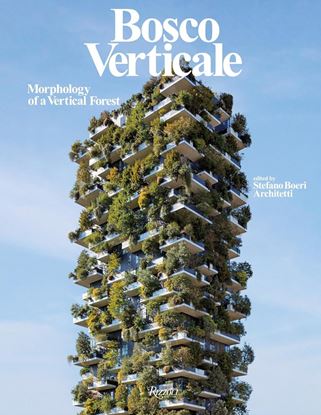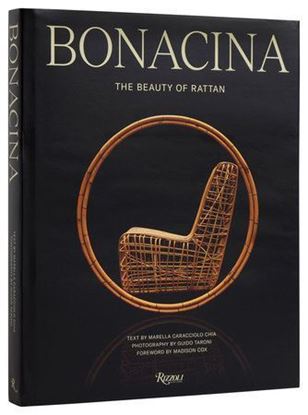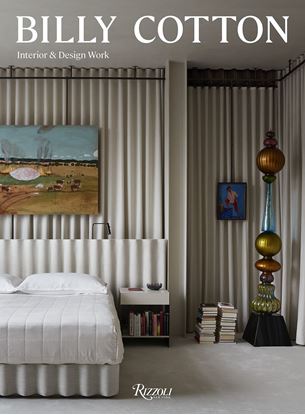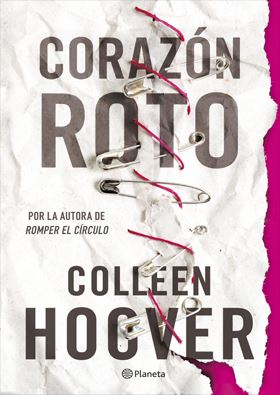

BREUER. ARNT COBBERS (BA-ART) (GB)
In 1956, TIME magazine called him one of the defining “form-givers of the 20th century.” Today, Marcel Breuer (1902–1981) remains a locus classicus of modernism for architects and designers alike. As a Bauhaus pioneer, even his earliest work was marked by a material restraint; the balance of texture, color, and shape; and a symbiosis of local and global, big and small, rough and smooth.In this essential introductory monograph, we survey Breuer’s complete career through some of his most influential projects and ideas, from his landmark tubular furniture to the MoMA Research House to his innovation of “binuclear” housing, splitting living and sleeping areas into separate wings. Along the way, we follow Hungarian-born Breuer’s journey to international acclaim, with featured projects from Germany, France, England, Switzerland, and across the United States contributing to his global status as a modernist maestro.
1,250
BOSCO VERTICALE: MORPHOLOGY VERTICAL
From the outset, the concept developed by Stefano Boeri for a residential building in 2004 proved to be forward-looking as it anticipated the new frontiers of urban living. Ten years after its inauguration, the Bosco Verticale (Vertical Forest) has kept all its promises and launched a new way of imagining contemporary cities.
This book celebrates an architectural work that has become the symbol of a renewed collective sensibility toward care for the environment and the plant world. Edited by Stefano Boeri Architetti, it traces its entire history. “The Bosco Verticale is one of the few ‘living’ buildings whose life is still followed ten years later.” This was the inspiration behind the editorial structure of the volume, which is formed of three sections that evoke the growth of a tree: roots, trunk, and branches and leaves.
4,995
BONACINA. THE BEAUTY OF RATTAN
Emblematic of Italian excellence since its founding in 1889, Bonacina is a family-owned design brand that has defined a unique and timeless style, embodying an artistic sensibility, attention to detail, and the superior workmanship of rattan—a natural raw material that grows in the Far East. The story begins in remote lands where the natural material grows before traveling to Italy and then, in the hands of some of the best interior designers, to stylish residences, gardens, hotels, and restaurants around the world.
5,300
BOLSOS
«Cuando la mujer elige un bolso, le otorga un poder mágico…». * Balenciaga, Balmain, Bulgari, Chanel, Dior, Fendi, Givenchy, Issey Miyake, Miu Miu, Saint Laurent, Schiaparelli… El bolso es un objeto deseado, atemporal o de absoluta tendencia, y la estrella de este libro. Desde los modelos icónicos que han hecho historia hasta los it bags que han marcado una época, esta selección excepcional le ofrece cientos de creaciones firmadas por más de sesenta grandes nombres de la moda. * La colección de bolsos de sus sueños: tanto si siente adicción por este accesorio como si venera el estilo. «El bolso de mano es a la vez la fantasía de la mujer y el reflejo de su realidad. Es el deseo de la mujer sublime, el sueño de la niña y una compra habitualmente irreflexiva. A menudo, la mujer se ve en la obligación de justificarse, con razones prácticas para ella, pero desconcertantes para su pareja, que contempla con estupor tantos otros bolsos olvidados como cuerpos marchitos en el armario.
3,300
BLENHEIM. 300 YEARS OF LIFE IN A PALACE
Regarded as perhaps the greatest of the stately homes and the finest example of baroque architecture in Great Britain, Blenheim is a treasure of English heritage. In this stunning volume, Lady Henrietta Spencer-Churchill, the twelfth generation of the family, takes us on a privileged tour of the palace.
Designed by John Vanbrugh and Nicholas Hawksmoor (a protégé of Christopher Wren) in the early 1700s; with stonework, furniture, and tapestries crafted by the best talents of the age; and art and statuary by such notable artists as John Singer Sargent and Joshua Reynolds, Blenheim is filled with artistic commissions that provide a window into the history of England.
4,500
BILLY COTTON. INTERIOR AND DESIGN WORK
Cotton presents rooms that mix historical and modern influences, resulting in luxuriously sleek interiors for casual, yet sophisticated, living. The glam-orous spaces—many designed for art-world clients, including Cindy Sherman and Lisa Yuskavage—are anchored in tradition but reflect the relaxed sensibili-ties of our time.
Cotton shares his multiscaled approach to design—successful turns with his varied collections, which are often included in his interior projects. Furniture, lighting, wallpaper, tableware, and terra-cotta planters are part of his repertoire. Cotton’s industrial designs—like his interiors—embody an intelligence and under-standing of design history. This book, the designer’s first, documents the groundbreaking work of a rising and notable talent and should be in the libraries of designers and connoisseurs of fine living.
3,500












